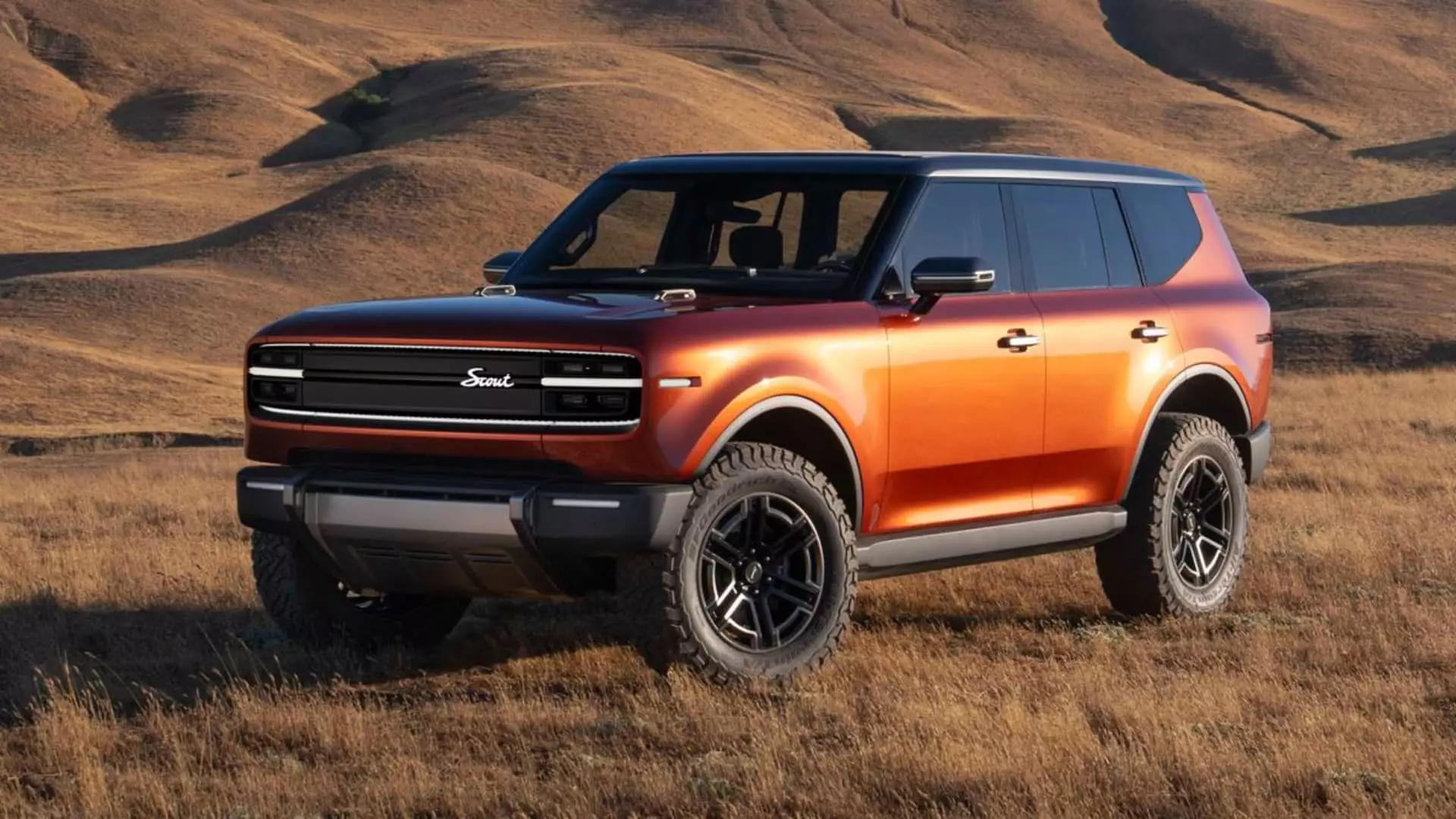In an exciting development for electric vehicle enthusiasts, Scout Motors, a brand backed by Volkswagen, has unveiled its first lineup of electric vehicles and announced its strategic shift to include extended-range electric vehicles (EREVs). Founded originally as an all-American automotive brand from 1961 to 1980, Scout is charting a contemporary course amid the evolving dynamics of the automotive marketplace. Initially set to offer only fully electric vehicles, the realization that market conditions are not as favorable as originally anticipated has led to this significant pivot. With sluggish adoption rates and rising production costs in the EV sector, Scout’s CEO Scott Keogh emphasized the necessity of adaptability for startups, declaring that the decision to incorporate EREVs was indeed a prudent move under the current circumstances.
Understanding Extended-Range Electric Vehicles
EREVs can be viewed as a sophisticated blend of electric and traditional internal combustion technologies. Unlike conventional plug-in hybrids, these vehicles combine electric motors and battery power with an internal combustion engine acting as a supplementary generator, ensuring seamless operation even when battery levels depletes. This innovative solution not only enhances the driving range but also positions these vehicles to appeal to consumers who may still harbor reservations about fully committing to electric mobility. According to Keogh, introducing more flexible options is key in engaging more customers and easing them into electrification. This multifaceted approach thereby minimizes risks associated with market fluctuations and consumer demand.
Located in South Carolina, Scout’s ambitious new plant—envisioned as a $2 billion investment—is projected to manufacture around 200,000 vehicles per year. Keogh expressed aspirations of achieving operational profitability within the first full calendar year of production—a challenging feat in an industry where other startups like Rivian and Lucid are struggling. Market analysts regard the segments that Scout plans to occupy—the full-size pickup and large SUV markets— as critically lucrative, constituting some of the highest profit margins in the automotive landscape. Keogh’s assertion about focusing on these “profit pools” underlines Scout’s strategic intent to optimize their market entry and capitalize on existing demand.
Scout aims to create a unique identity by marketing its vehicles directly to consumers instead of relying on traditional dealership networks. The company’s inaugural models, the Traveler SUV and Terra pickup truck, set to hit the market by 2027, indicate a commitment to tapping into the evolving consumer psyche toward electric mobility. With anticipated pricing ranging between $50,000 and $60,000—potentially aided by various incentives—Scout positions itself competitively within the market while aiming to cater to the growing consumer base for electric trucks and SUVs.
However, they face stiff competition from established global auto giants like Ford and GM, both of whom have an extensive portfolio of electric models and have invested heavily in EV infrastructure. The launch of Scout’s EREVs comes at a time when the electric pickup market is still nascent and learning from early entrants’ challenges. Market statistics revealed that electric trucks and SUVs accounted for only a fraction of the overall automotive sales, showcasing both the potential for growth and the competitive hurdles that lie ahead.
The Future of Electric Mobility
Furthermore, the technological advancements embedded within Scout’s offerings reveal a sophisticated engineering capability, with plans for high-performing features such as 500 miles of range for EREVs, rapid charging capabilities, and a powerful torque output. As it seeks to challenge the likes of the Ford Bronco and Jeep Wrangler, design innovation is also at the forefront of Scouts Ford’s ethos, with a modern aesthetic paired with technologically advanced interiors.
In this scenario, the success of Scout Motors will hinge upon its ability to carve a niche within a fast-evolving market landscape. With fluctuating demand and changing consumer attitudes toward electrification, the company’s strategic choices—ranging from vehicle features and pricing to marketing approaches—will be paramount in ensuring its long-term viability. As Keogh optimistically posits, a lowering of prices and continued development of innovative products will fortify the brand’s position in the competitive arenas of the SUV and pickup markets.
A Vision Beyond the Horizon
In sum, Scout Motors is at a critical juncture marked by both opportunity and challenge. The integration of EREVs into its product offerings reflects a strategic insight into market trends and consumer preferences. While exploring further expansion of its vehicle lineup, Scout’s leadership is acutely aware of the broadening horizons that await—ready to embrace change as they endeavor to redefine what it means to be a player in the electric vehicle arena. As the journey unfolds, industry watchers will be eager to see how Scout steers its way through the complexities of the modern automotive territory.

